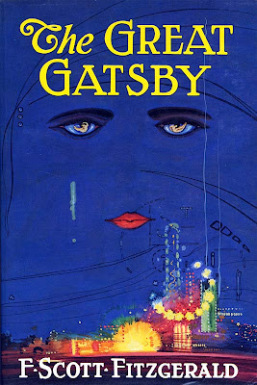
The Bath
by Mary Camarillo
My mother weighs her age,
ninety-five pounds. She lets me
wash between her breasts,
her voice soft and southern.
She never nursed me—another
place to lay the blame—a mother’s
fault how children turn out.
She lifts arthritic fingers,
drips water down my blouse,
silk-screened with Frida’s face.
She doesn’t understand
the attraction. I don’t ask
who she means. She believes
my husband is Spanish,
because of his aristocratic nose.
He painted our garden walls
cobalt blue, number 6965.
Just like Frida, I can’t have children
and never pluck my eyebrows.
I wonder if I could lie in bed
with a fractured spine and illustrate
the exact depth and width of pain.
Don’t be so rough, my mother says
her skin bruises. I rinse her hair
and wish she’d had another daughter.
Her hand trembles as she traces
circles in my palm, digging in deeper,
opening my skin, reclaiming her blood.
PAINTING: Self-Portrait with Necklace of Thorns by Frida Kahlo (1940).

NOTE FROM THE AUTHOR: This poem was written when I was a struggling caregiver for my mother, who died almost five years ago. I wish I’d asked her more questions.
PHOTO: The author as a child with her mother (Myrtle Beach, South Carolina, 1950s).

ABOUT THE AUTHOR: Mary Camarillo is the author of the award-winning novels Those People Behind Us and The Lockhart Women. Her poems and short fiction have appeared in publications such as Inlandia, 166 Palms, Sonora Review, and The Ear. She lives in Huntington Beach, California, with her husband, who plays ukulele, and their terrorist cat Riley, who makes frequent appearances on Instagram. For more information, please visit MaryCamarillo.com and sign up for her newsletter. You can also find her on Facebook and Instagram.



















